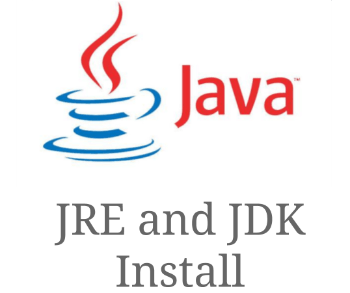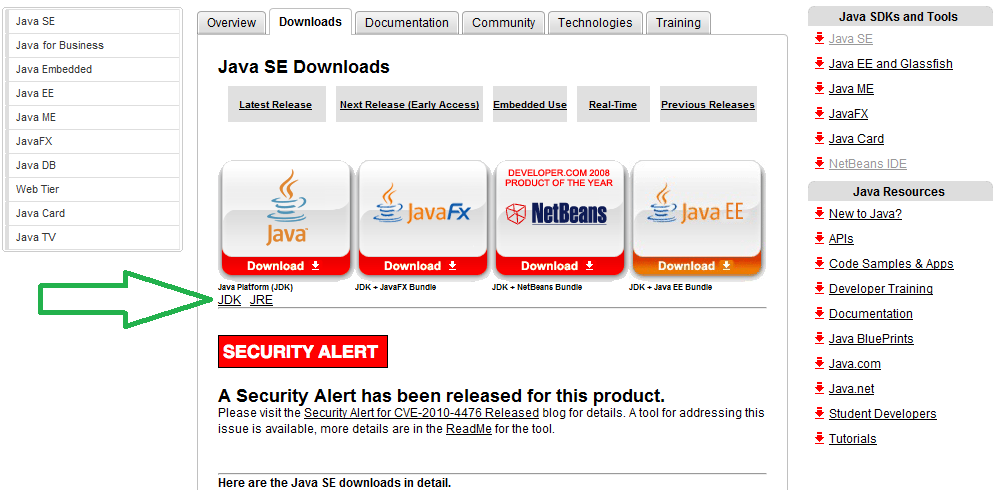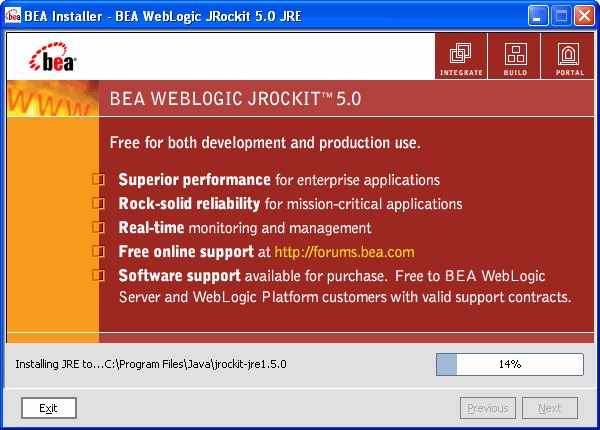
The is a registry string in the "JDK" or "Java Development Kit" key.įor the same example, if the JRE is installed, then the registry layout = 9 "HKEY_LOCAL_MACHINE\SOFTWARE\JavaSoft\Java Development = 1.8

"HKEY_LOCAL_MACHINE\SOFTWARE\JavaSoft\Java Development Kit\1.8.0" "HKEY_LOCAL_MACHINE\SOFTWARE\JavaSoft\Java Development Kit\1.8" "HKEY_LOCAL_MACHINE\SOFTWARE\JavaSoft\Java Development Kit" for JDK 1.8.0 and "HKEY_LOCAL_MACHINE\SOFTWARE\JavaSoft\JDK" for JDK 9. For example, if JDK 1.8.0 and JDK 9 are installed, then the following registry keys are created: If there are two versions of JDK or JRE installed on a system, one with the new version-string format introduced in JDK 9, and the other with the older version format, then there will be two different CurrentVersion registry key values. HKEY_LOCAL_MACHINE\Software\JavaSoft\Java Web Start\ RuntimeLib: the full path name of the Java runtime DLL JavaHome: the full path name of the directory in which the JRE is installed

You also found instructions to switch between multiple java versions.This key contains the following string values: In this tutorial, you have learned to install Java 11 and Java 8 on Amazon Linux system. OpenJDK 64-Bit Server VM 18.9 (build 11.0.7+10-LTS, mixed mode, sharing) OpenJDK Runtime Environment 18.9 (build 11.0.7+10-LTS)

alternatives -config javaĪfter switching let’s check again active Java version: java -version Run below command from the command line and select the appropriate Java version to make it default. Use alternatives command-line utility to switch active Java version on your Amazon Linux system.

OpenJDK 64-Bit Server VM (build 25.222-b10, mixed mode) Run below commands to install Java 8 on Amazon Linux: sudo yum install java-1.8.0-openjdkĪfter successfully installing Java on Amazon Linux using the above steps, Let’s verify the installed version using the following command.Run below commands to install Java 11 on Amazon Linux: sudo amazon-linux-extras install java-openjdk11.You can simply install Java 11 or Java 8 on the Amazon Linux system using the following commands. The OpenJDK 8 is available under default yum repositories and OpenJDK 11 is available under Amazon Linux 2 extras repositories. Advertisement Step 1 – Install Java on Amazon Linux


 0 kommentar(er)
0 kommentar(er)
